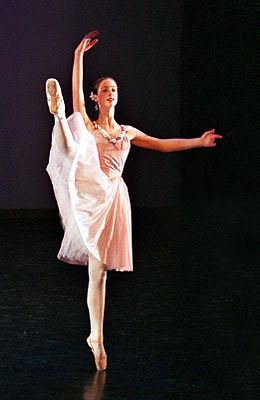Sometimes you can't get the shooting position you want but end up in the best possible spot.
New York Yankees shortstop Bucky Dent, left, is greeted at home by teammates Chris Chambliss, center, and Roy White after scoring ahead of Dent’s three-run, seventh inning homer that put the Yankees ahead for good in their 5-4 victory over the Boston Red Sox in the 1978 AL East Playoff Game at Boston’s Fenway Park (© Michael Maher, The Lowell (Ma.) Sun).

Boston Red Sox star Carl Yastrzemski sits disconsolately in the clubhouse after popping up in the ninth inning to end the game with the tying and winning runs on base during Boston’s 5-4 loss to the New York Yankees in the 1978 American League East Division playoff game at Fenway Park (© Michael Maher, The Lowell (Ma.) Sun).

The Photos:
This was the deciding game of the greatest baseball pennant race ever, the 1978 American League East battle between the New York Yankees and the Boston Red Sox, a one-game playoff at Boston’s Fenway Park to determine which of these teams would go on to the playoffs. However, with scores of TV and still news photographers covering the event, there was no room in the only field-level photographers’ pit by first base, adjacent to the Red Sox dugout. Since I couldn’t get the photographers’ normal shooting position, I moved to the third base side to have the sun over my shoulders for the best lighting, at the front of an aisle, adjacent to the field, behind the Yankees’ on-deck circle. Now I had the advantages of better lighting, a different vantage point from nearly everyone else, and a more comfortable spot since other photographers weren’t crowding me. The only risk was I could miss a photo or angle that all the other cameramen got.
This game would be a great story, no matter who won. If Boston won, they would successfully end their archrivals’ season-long comeback attempt from a 14½ game division deficit, but if the Yankees won, it would be the greatest baseball comeback of all time.
In the 7th inning, the Yankees, trailing 2-0, had two runners on base when Bucky Dent, their weakest hitter, came to bat. He fouled a ball off his shin, and the trainer came out to check his leg, while a teammate handed Dent a new bat. Oddly, Red Sox pitcher Mike Torrez didn’t warm up during the long delay, which risked making his pitches more hittable. When the weak-hitting Dent stepped back into the batter’s box, he hit Torrez’ first pitch, a fly ball that became a home run in Fenway’s short left field. I had a perfect angle on the celebration of a season-changing hit, and one of the most famous home runs in baseball history. Roy White and Chris Chambliss, who were on base and scored, greeted Dent at home, and the score was now 3-2 Yankees. This photo told the story of the game from the Yankees’ point of view -- their weakest hitter being congratulated for a homer that put them ahead for good. With the sun over my shoulder, I had a clear, well-lit photo of Dent’s homer, while most other photographers were on the first base side, shooting into the sun and couldn’t get as good a picture.
The Yankees went further ahead and the Red Sox rallied, but New York won 5-4 as Boston captain Carl Yastrzemski (“Yaz”) popped up to end the game with the tying and winning runs on base.
The Boston side of the 1978 playoff story could be seen in Yaz’ sad face after what he described as the most disappointing moment of his career. For Boston fans, this was the key photo that summed up the game, and nearly every Boston-area newspaper published some version of this on the front page. The Yankee perspective is best seen in the elated faces of Dent, Chambliss, and White. While I shot many compelling photos of game action, as well as the Yankees hugging and celebrating after the final out, this photo said it all. Combining the photo of Dent’s homer with the shot of a disconsolate Yaz told the full story, from both the winner and loser perspectives.
3 Tips:
1) Photograph both the winner and loser’s emotional reactions.
2) Close-ups of key participants convey the emotion of the moment and tell the story.
3) Be confident enough to position yourself with the sun over your shoulder, no matter what other photographers do.































